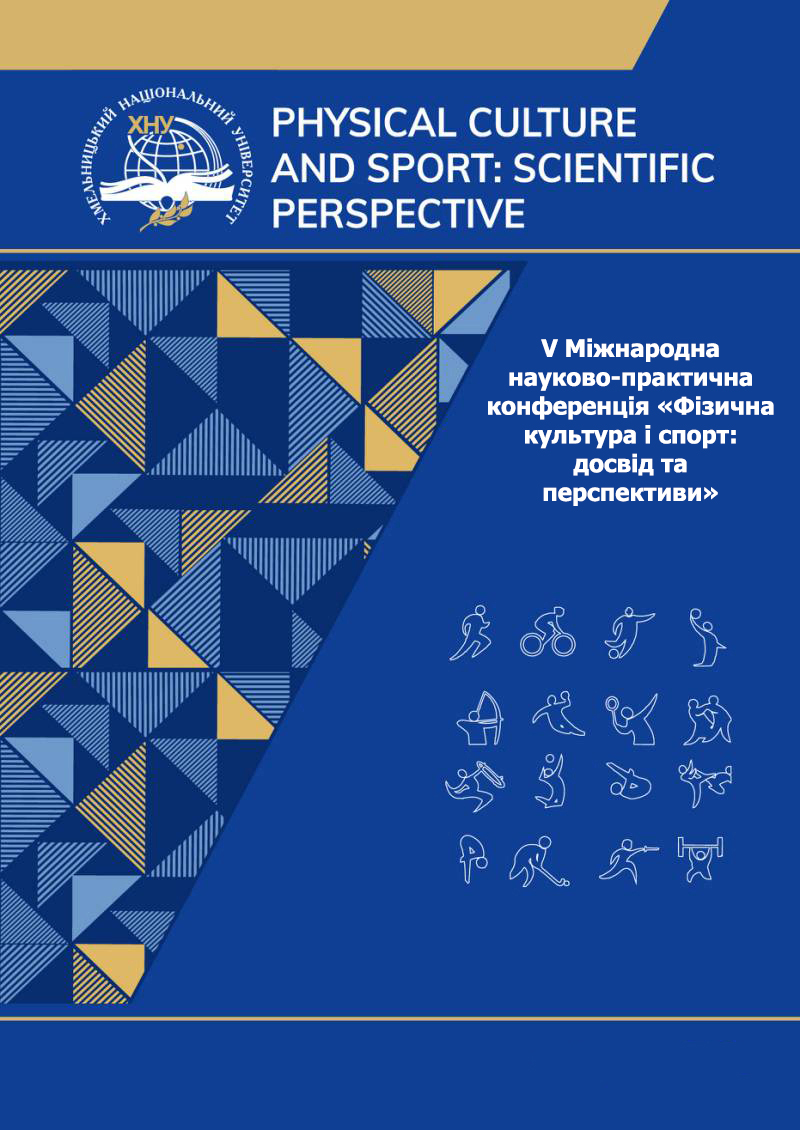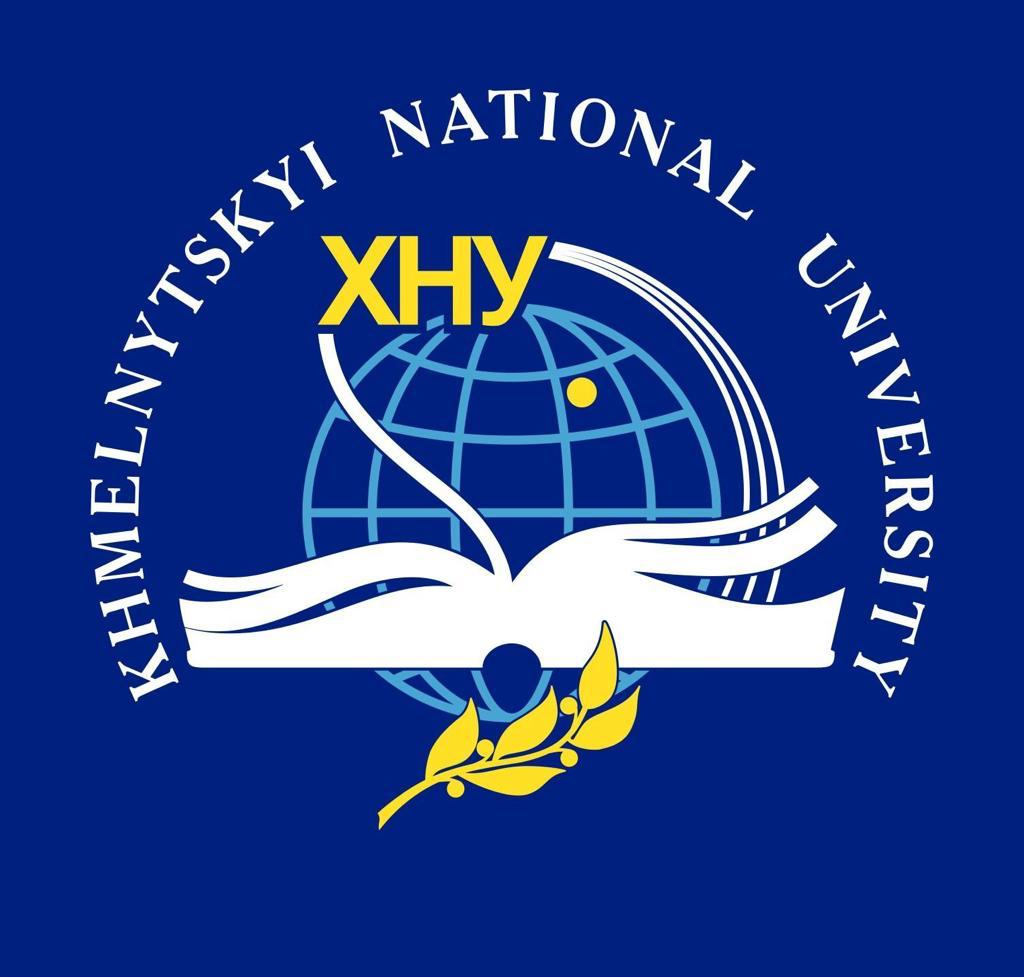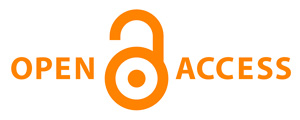MONITORING AND SELF-ASSESSMENT OF PHYSICAL FITNESS AND DEVELOPMENT OF MOTOR SKILLS OF YOUNG HANDBALL PLAYERS
DOI:
https://doi.org/10.31891/pcs.2025.1(1).34Keywords:
motor activity, handball, teenagers, training process, monitoring, self-assessment of physical fitness, development of motor skills, young handball playersAbstract
The article is devoted to the issues of monitoring and self-assessment of physical fitness and development of motor skills in young handball players. In particular, modern approaches to monitoring the training process are considered, which allow assessing the level of physical qualities of athletes and ensuring individualization of training. Special attention is paid to monitoring methods that contribute to an objective assessment of results, as well as the possibility of involving athletes themselves in the process of self-analysis of their achievements, which increases their motivation for further improvements. The article also considers the criteria for assessing physical fitness, which allow identifying the strengths and weaknesses of handball players' fitness and adjusting their training process. The results of the study may be useful for coaches and specialists working with young athletes, as well as for improving the system of physical training in team sports. The relevance of this problem lies in the need to improve monitoring methods and self-assessment, which will increase the effectiveness of physical training of young handball players and ensure their success in competitions. The problem of monitoring and self-assessment becomes relevant, since it directly affects the effectiveness of sports education and training. At the current stage of development of pedagogical science, the role of individualization of the training process is increasing, which involves taking into account the physical capabilities of each player and the use of adapted methods for assessing his physical fitness. Traditionally used monitoring methods often do not give sufficiently accurate results for assessing the dynamics of the development of motor skills, and also do not provide proper participation of the athlete in the process of independent analysis of his achievements.
References
Bondarenko, V. P., Kalinina, S. V. Fizychne vykhovannia v shkolakh: metody ta pidkhody. Kyiv: Vydavnychyi dim "Osvita", 2018. 245 s.
Herasymenko, O. O., Popov, S. I. Osnovy fizychnoi pidhotovky v komandnykh ihrakh: monohrafiia. Kharkiv: KhDIFK, 2019. 180 s.
Kovalchuk, L. M. Handbol u shkolakh: suchasni metody navchannia ta trenuvannia. Odesa: ONU, 2016. 156 s.
Kuzmin, A. Yu. Optymizatsiia fizychnoi pidhotovlenosti pidlitkiv u protsesi sportyvnoho trenuvannia. Lviv: LDUFK, 2017. 210 s.
Moseichuk, Yu., Kurnyshev, Yu. Obgruntuvannia protsesu pidhotovky bakalavriv spetsialnosti 017 Fizychna kultura i sport do trenerskoi diialnosti z ihrovykh vydiv sportu. Physical Culture and Sport: Scientific Perspective. Khmelnytskyi natsionalnyi universytet. 2023. № 3. S. 138–144.
Savytska, O. M. Modeliuvannia fizychnoi pidhotovky handbolistiv v pidlitkovomu vitsi. Kryvyi Rih: KNTU, 2020. 192 s.
Taran, I. P., Sytnyk, I. O. Rukhova aktyvnist yak faktor fizychnoho rozvytku pidlitkiv. Kharkiv: KhDIFK, 2018. 175 s.
Shemshuchenko V. O. Rol handbolu u formuvanni rukhovykh navychok pidlitkiv. Kyiv: Naukova dumka, 2021. 220 s.
Shcherban, M. A., Petrenko, A. V. Pidvyshchennia fizychnoi pidhotovlenosti handbolistiv cherez innovatsiini metody trenuvannia. Kyiv: Vyshcha shkola, 2022. 198 s.
Downloads
Published
How to Cite
Issue
Section
License
Copyright (c) 2025 Микола ОСАДЕЦЬ, Юрій КУРНИШЕВ, Сергій ГОРОДИНСЬКИЙ

This work is licensed under a Creative Commons Attribution 4.0 International License.





